To row with power you need to have your feet firmly braced against something solid enough to take your full weight. In some traditional boats you can get by with the internal structure. Sawn frames across the bottom usually have enough height to offer a good purchase and sometimes you can get most of your foot on a side frame. Even something smaller can be useful. My cross-planked skiff has a short keelson (just the skeg is fastened to it) that gives me a spot to brace with one heel. It works for short distances; for longer rows I have a short brace for both feet that bears on the keelson and the chines. This flat-bottomed skiff has a footboard fit around the risers and resting against a frame. Ben Fuller
Ben Fuller
Join The Conversation
We welcome your comments about this article. To include a photo with your remarks, click Choose File below the Comment box.
Comments (3)
Comments are closed.

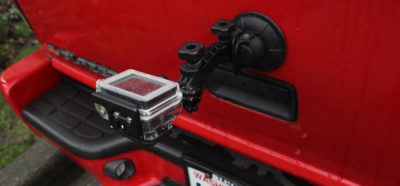
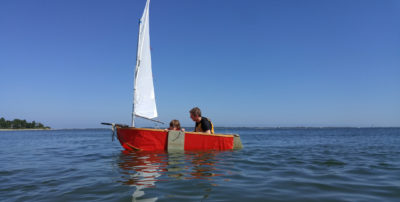
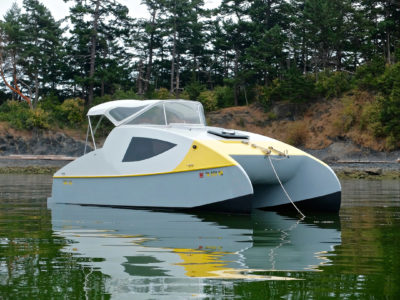



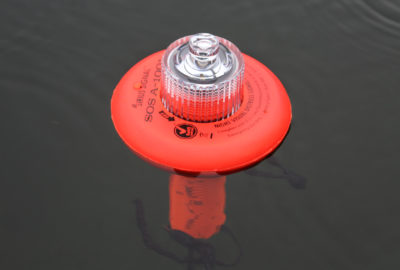
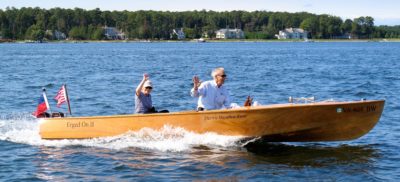
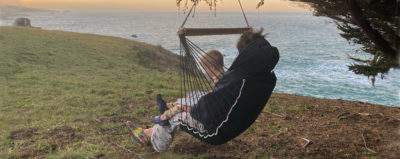

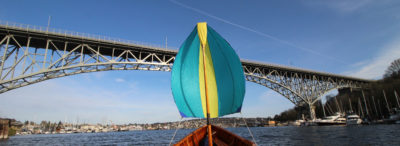
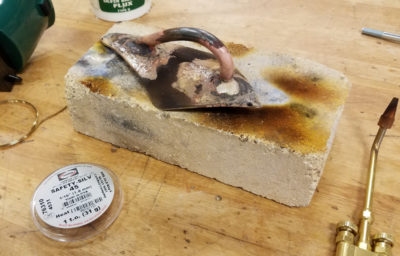
There are probably as many designs for foot braces as there are rowers. I use this brace in my Ross Lillistone Flint. The front end of the “false keelson” is held down with a wedge tapped under a cleat on the bulkhead (at left) and the foot brace itself is adjusted with two wing nuts similar to Ben’s brace.
The article here will get me moving on a project (like I need another one!). I will finally put in a set of foot braces in my 17′ faering. Thanks for the push.
With foot stretchers and pulling hard, you may still want to add foot straps so that you can use a longer stroke without worrying about falling over backwards.